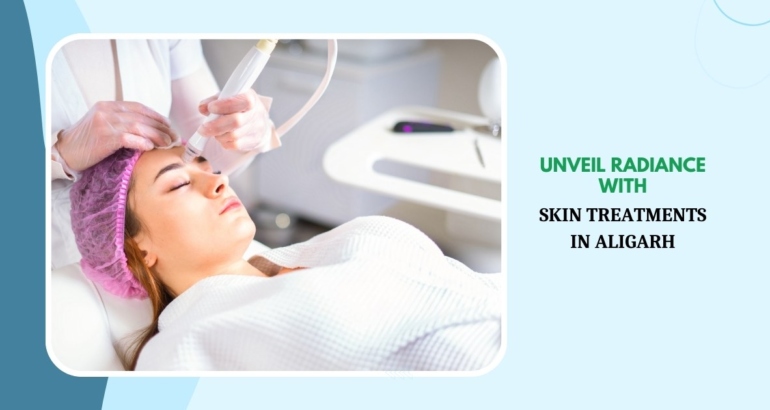
JEEVAN JYOTI HOSPITAL is a name to reckon with in health services provided in western UP since 2001. The hospital teamed with one of the best medical experts is at the forefront of medical technology and expertise. and provides Pigmentation Treatment | Melasma Treatment | Skin Spots Treatment | Fraction Lasers treatments.
PIGMENTATION TREATMENT
Pigmentation is a condition that causes dark spots on your skin. There are different kinds of pigmentations. These include superficial pigmentation, which can be caused by mild suntan and sun damage, frictional pigmentation, which is caused due to constant rubbing; and deep pigmentation, which is challenging to treat, like melasma, chloasma, deep suntan, hyperpigmentation, and more.
Our states that these brown spots can last on your skin for years and even a lifetime. The natural color of your skin results from melanin, a pigment present in your body. Melanin disorders can lead to pigmentation on your skin, and this results in the occurrence of dark patches. If you notice that you are developing these spots, then a pigmentation treatment can help you with it. There are multiple procedures that can reduce pigmentation.
The ideal candidate for treatments to reduce pigmentation
To be an ideal candidate for these treatments, you will need to meet certain conditions. Firstly, you must be in good physical condition. Some of the procedures to treat pigmentation require you to be healthy, so you can recover well after the treatment. Ideal candidates should meet certain other criteria:
- They must be able to stick to strict usage of sunscreen application
- They must be non-smokers as they show better result
- They must have less exposure to the sun
- They must follow a good skincare routine
- They must not have any skin condition like an active viral skin infection
Contact Us to know more about this treatment
MELASMA TREATMENT
Melasma is a common skin disorder. Loosely translated, the word means “black spot.” If you have melasma, you’re probably experiencing light brown, dark brown, and blue-gray patches on your skin. They can appear as flat patches or freckle-like spots. Commonly affected areas include your face, including the cheeks, upper lip, forehead, and forearms. Melasma is sometimes called the “mask of pregnancy” because it frequently affects pregnant women. Melasma typically darkens and lightens over time, often getting worse in the summer and better in the winter.
Another less common name for melasma is chloasma. Although this disorder is completely harmless, it understandably makes some people feel self-conscious.
What are the types of melasma?
There are three types of melasma, and they have to do with the depth of the pigment. A Wood lamp that emits black light may be used to determine the depth of the pigment. The three types are:
- Epidermal: Epidermal melasma has a dark brown color, a well-defined border, appears obvious under black light, and sometimes responds well to treatment.
- Dermal: Dermal melasma has a light brown or bluish color, a blurry border, appears no differently under black light, and doesn’t respond well to treatment.
- Mixed melasma: Mixed melasma, which is the most common of the three, has both bluish and brown patches, shows a mixed pattern under blacklight, and shows some response to treatment.
SKIN SPOTS TREATMENT
In Skin Spots Treatments, Dark spots on the skin can range from light brown to dark brown. The color of dark spots may depend on a person’s skin tone. The spots are the same texture as the skin and are not painful.
Dark spots also vary in size and can develop on any part of the body but are most common in areas often exposed to the sun.
Dark spots are common in the following areas:
- back of the hands
- face
- back
- shoulders
In people with darker skin, a spot that is a few shades darker than the skin usually fades away within 6 to 12 months. Deeper coloration can take years to fade. Deep color changes often appear blue or gray, though a spot may also be a much darker brown than a person’s natural skin color.
FRACTION LASERS
Fractional laser treatment is a non-invasive treatment that uses a device to deliver a laser beam divided into thousands of microscopic treatment zones that target a fraction of the skin at a time, analogous to a photographic image being enhanced or altered pixel by pixel.
Fractional laser treatment has bridged the gap between the ablative and non-ablative laser techniques used to treat sun-damaged and aging skin. While ablative laser treatments work mainly on the epidermis (surface skin cells) and non-ablative treatments work solely on dermal collagen (mid-layer of skin) only, fractional laser treatment works at both the epidermal and dermal layers of the skin.
YAG lasers for superficial treatments and CO2 lasers for deeper ablative therapies.



